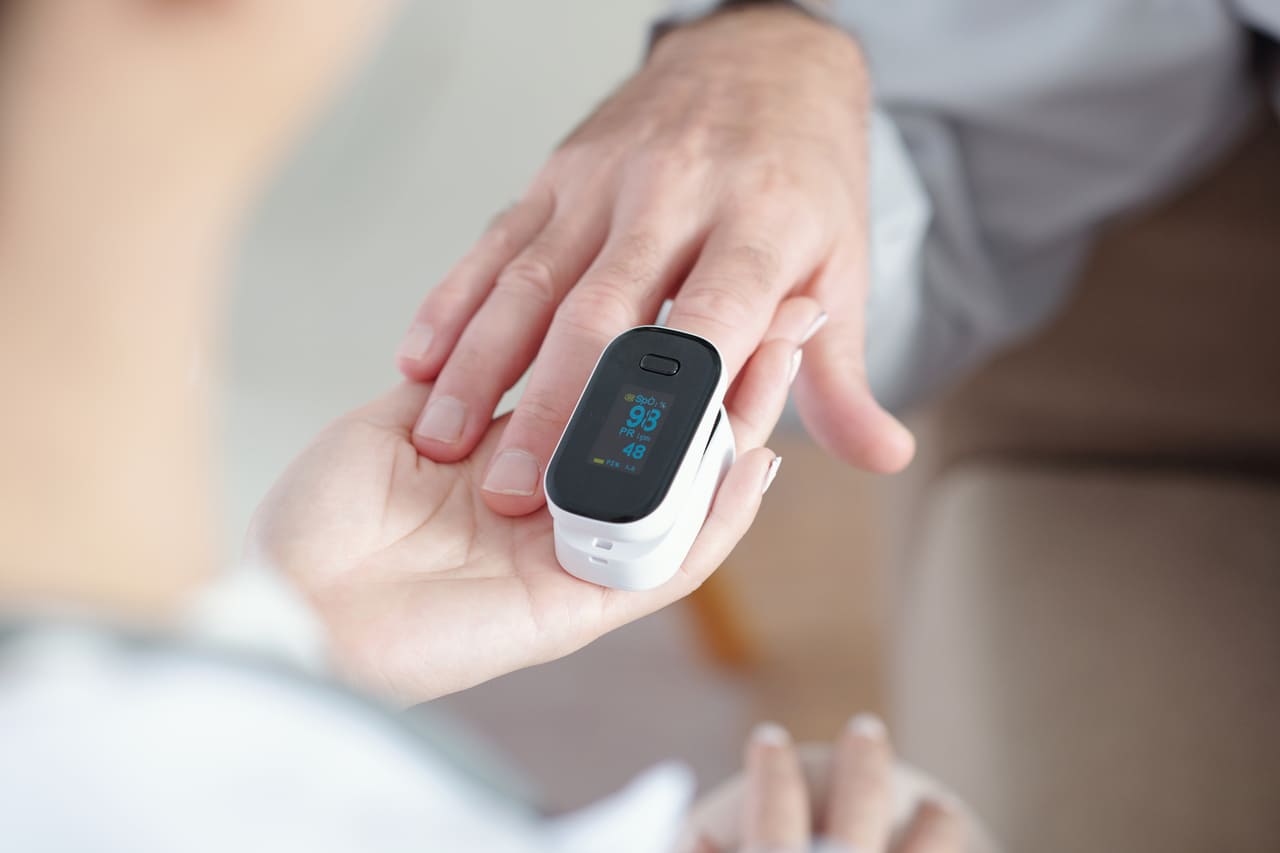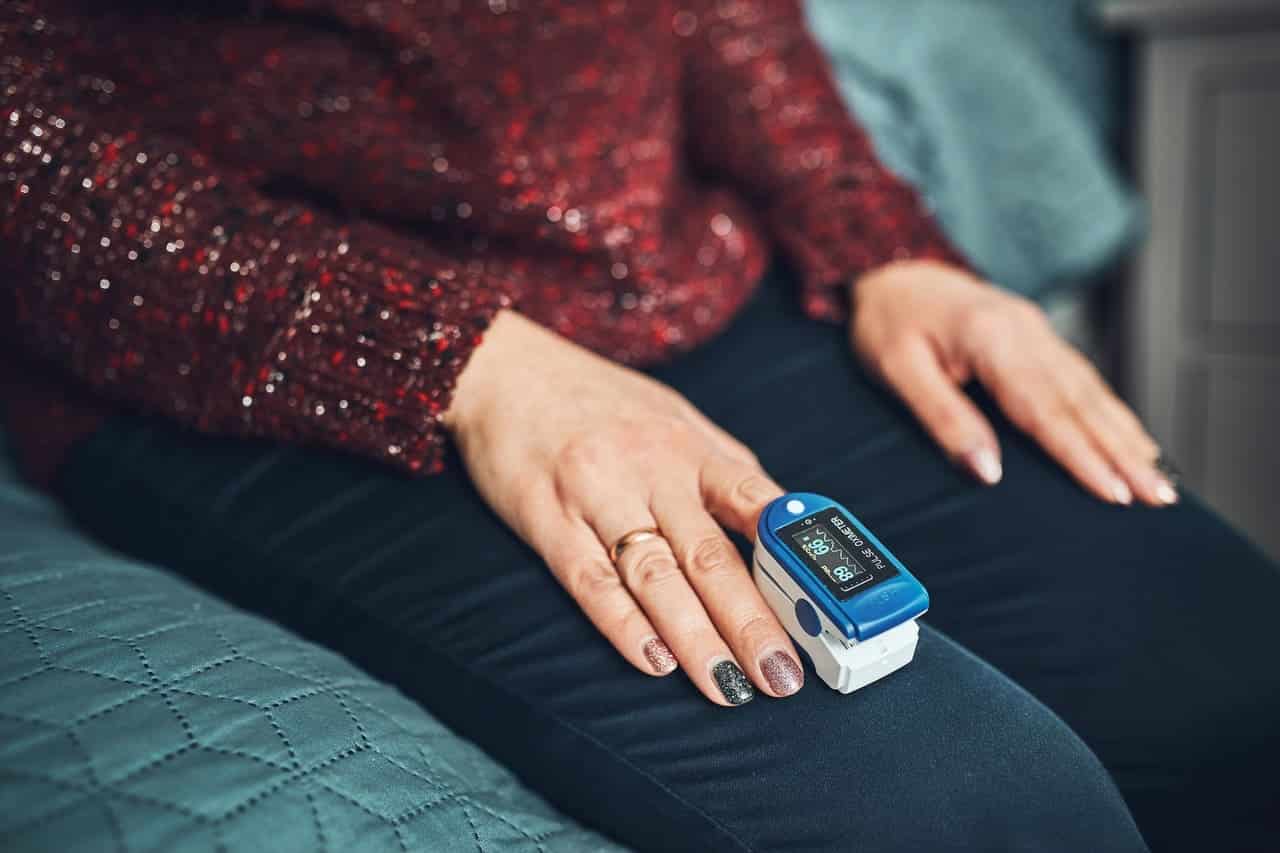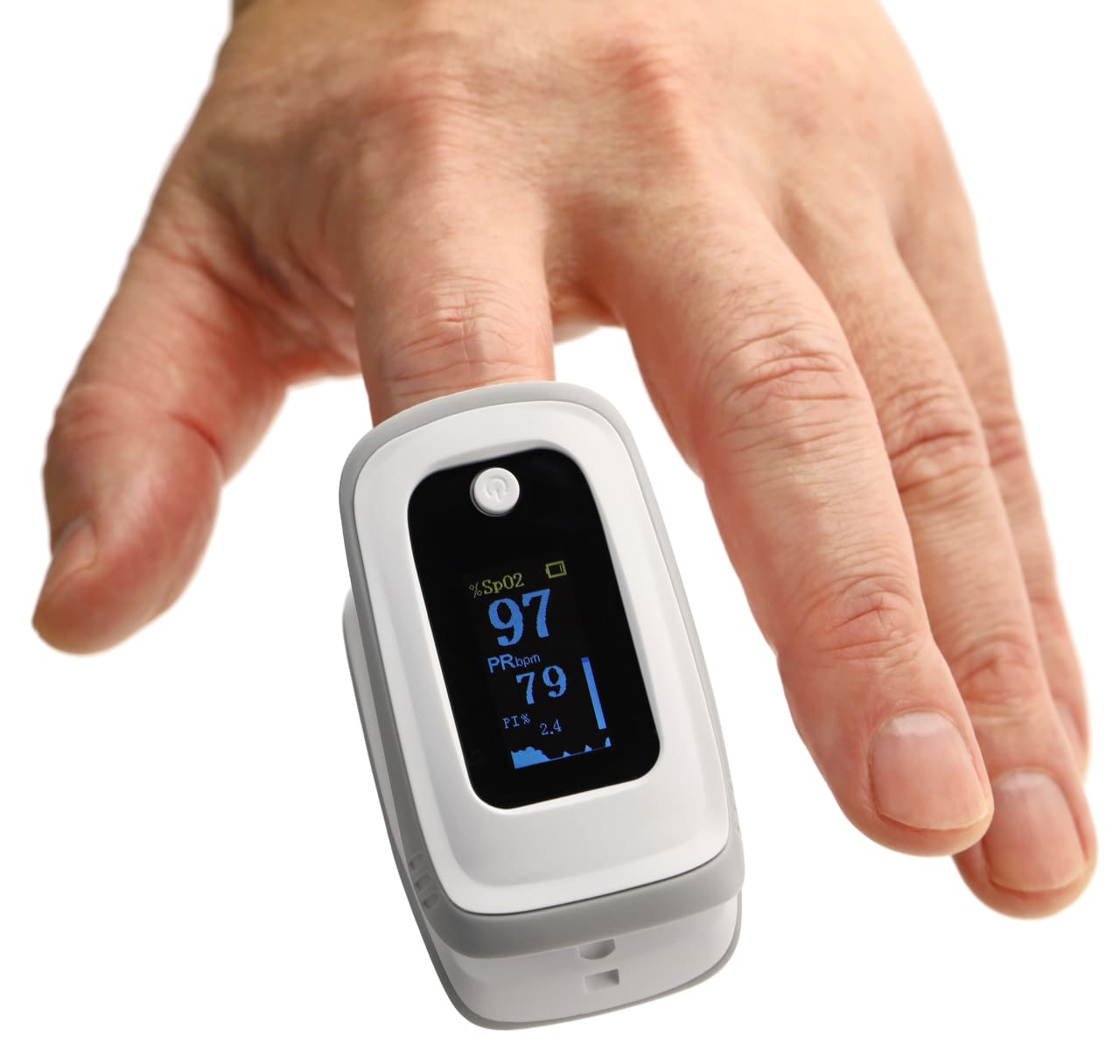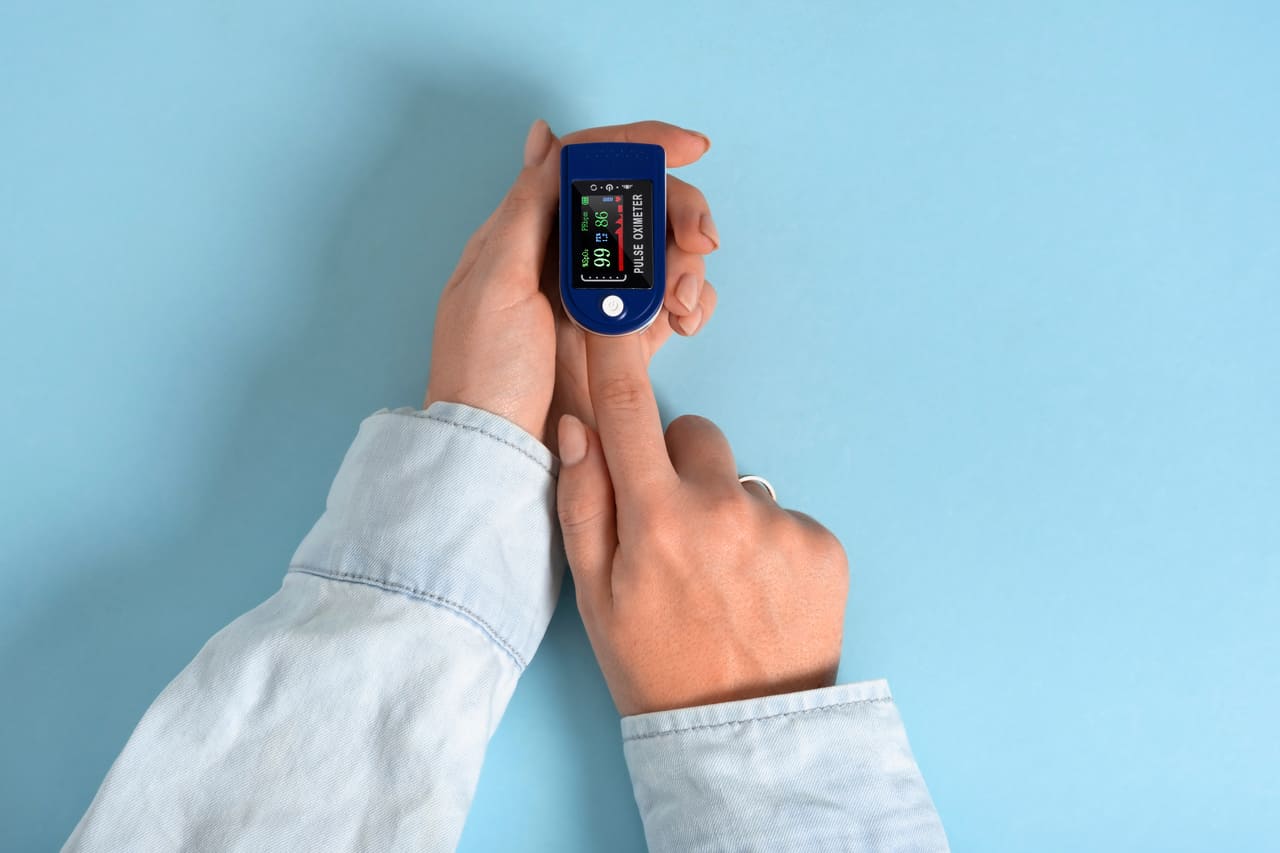Are you interested in learning how to use a pulse oximeter? This helpful guide will teach you everything you need to know about this essential piece of medical equipment. You’ll learn how to place the sensor on your finger, how to interpret the readings, and what normal values are. Pulse oximeters are an important tool for monitoring your health, so make sure you know how to use one properly!
In This Article
What is a Pulse Oximeter and How Does it Work
A pulse oximeter is a machine that helps measure the amount of oxygen in your blood without having to invade the body. It is a small device that looks like a clip. It attaches to a part of the body, usually the finger. Medical professionals often use it in emergency rooms or hospitals to check on patients who might have trouble with their breathing or heart. Some doctors, such as those who specialize in lung problems, can even buy pulse oximeter to use at home.
A pulse oximeter works by shining two different wavelengths of light, one red and one infrared, through the skin and onto the blood vessels. The light is absorbed differently by oxygenated and deoxygenated blood, allowing the device to calculate the oxygen saturation level or the percentage of oxygen-carrying hemoglobin in the blood.
When the device is attached to the finger or other body part, the LEDs emit light which is then detected by a photodetector. The photodetector measures the amount of light absorbed by the blood, which can indicate the oxygen saturation level. The device also uses the same light to detect the pulse rate by measuring the amount of blood flow in the blood vessels.

How to Use a Pulse Oximeter Step By Step
By following these steps, you can easily use a pulse oximeter to monitor your oxygen saturation level.
Step 1. Prepare the Device: Before you can use a pulse oximeter, make sure you have all of the necessary equipment. This includes the probe or sensor that clips onto your finger and the device itself that reads and displays the results.
Step 2. Place the Probe: Take any jewelry that is on your finger where you plan to place the probe and then clean the area with an alcohol swab. Once it’s dry, clip the probe onto your fingertip so that it properly fits over your nailbed.
Step 3. Turn On The Device: Check to make sure the device is powered on and connected properly to your finger. Once you are ready, press the “start” button on the device and wait for it to take a reading.
Step 4. Read The Results: After the pulse oximeter takes its reading, you will be able to see your oxygen saturation level and heart rate displayed on the screen. Normal oxygen saturation levels range from 94-100%. Anything lower than this may be cause for concern and should be discussed with your doctor.
Step 5. Remove The Probe: Once you have read the results, you can remove the probe from your fingertip. To safely discard it, make sure to place it in a biohazard bag or wrap it up in paper before throwing away.
Step 6. Clean Up: Finally, wipe down the probe and device with disinfectant wipes to make sure they remain sanitary. Once everything is clean, you can put away the device until your next use.
By following these steps, you should now have a better understanding of how to use a pulse oximeter. With this knowledge in hand, you can easily monitor your health and make sure your oxygen levels remain within normal ranges. It’s important to note, however, that you should always consult with a medical professional if you experience any concerning symptoms or have questions about the readings.
When to use a pulse oximeter?

A pulse oximeter is commonly used to monitor the oxygen saturation levels of individuals who have respiratory or cardiac conditions, or who may be at risk for these conditions. Some examples of when a pulse oximeter may be used include:
- In hospitals and clinics: Pulse oximeters are commonly used in critical care settings, such as emergency rooms and intensive care units, to monitor the oxygenation of patients with conditions such as pneumonia, asthma, or heart failure.
- During anesthesia: Pulse oximeters are often used during surgery to ensure that the patient’s oxygen levels remain stable and safe.
- At home: Some individuals with chronic respiratory or cardiac conditions may use pulse oximeters at home to monitor their oxygen saturation levels and to track any changes over time.
- High Altitude: For people who are going to high-altitude places or are traveling by plane, a pulse oximeter is helpful to check the oxygen level in the blood.
- Pulmonary function test: Pulmonologists often use a pulse oximeter as part of a pulmonary function test to check for lung disorders such as COPD or asthma.
It’s important to note that a pulse oximeter is not a diagnostic tool and the results should be interpreted by a healthcare professional. It is used as a screening tool and it helps to determine whether further testing is needed.
What is Normal Pulse Oximeter Reading?

The normal reading on a pulse oximeter is typically between 95% and 100%, however, some people with chronic lung disease or sleep apnea may have normal levels of around 90%. The device measures the percentage of oxygen in the blood, known as the “SpO2” reading. If your home SpO2 reading is lower than 95%, it could indicate a problem and it is recommended to consult with a healthcare professional for further evaluation.
However, it’s important to note that normal oxygen saturation levels can vary depending on a person’s age, overall health, and altitude. For example, healthy individuals living at high altitudes may have lower oxygen saturation levels due to the lower amount of oxygen in the air.
It’s important to note that a reading below 90% is considered low and may indicate that the person has a medical condition that is affecting their ability to get enough oxygen to the body’s tissues and organs. In such cases, a healthcare professional should be consulted for further evaluation.
Bottom Line
Overall, pulse oximeters are a great way to monitor changes in blood oxygen levels and can provide essential information to healthcare providers. While they do have some disadvantages, they are minimal compared to the benefits during potentially life-threatening events. Pulse oximeters are important medical tools that can be used in all age groups, ranging from infants who cannot express their symptoms verbally to the elderly who may experience difficulty breathing. Although these devices may seem intimidating due to their specialized use, they can be employed with relative ease by following the simple steps explained in this blog post. In short, pulse oximeters are a useful tool for assessing oxygen saturation and monitoring changes, and should be seriously considered if there is a suspected respiratory condition or illness.










![Home Renovation Guide [2025]](/app/uploads/2021/04/design-hacks-1-378x300.jpg)
